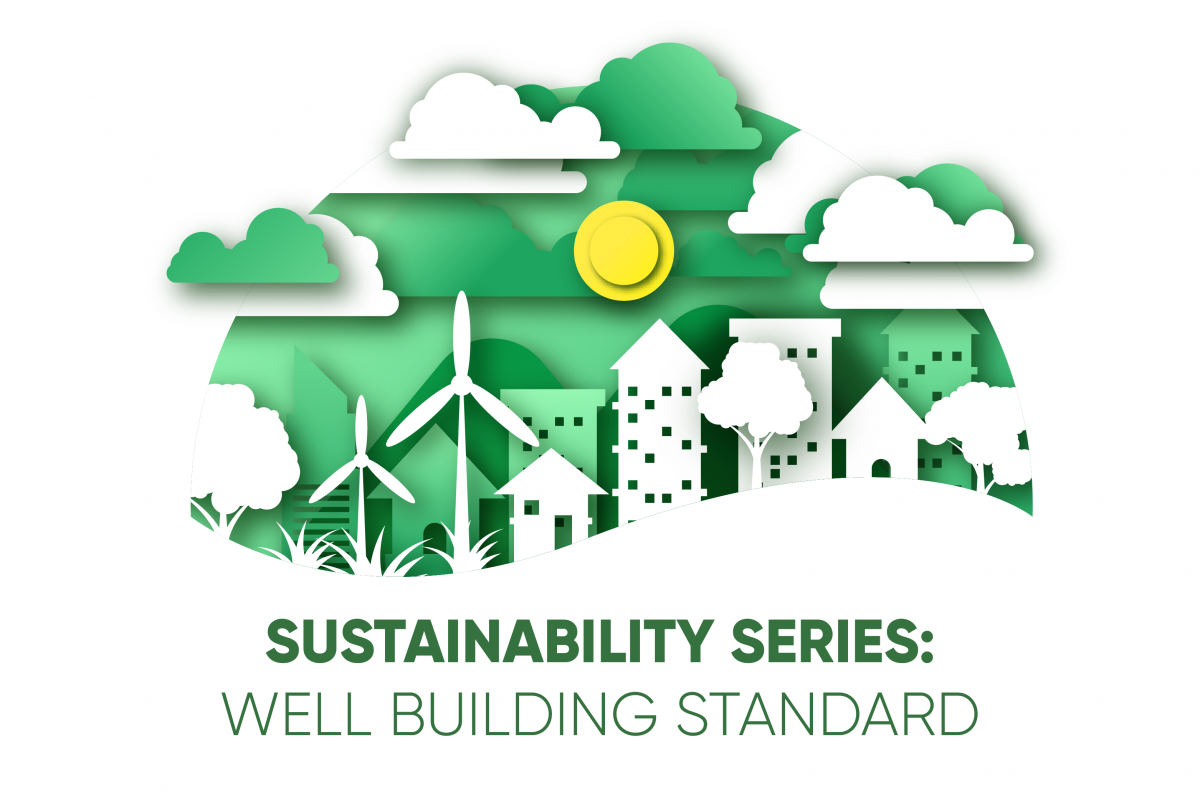The design principles addressed in the WELL Building Standard are the first of their kind to go beyond the standards of safety and impact on the environment, to address the quality of life for the users.
BY: LAURA ANDERSON, AIA, NCARB, ICC
WELL tell me about it
The WELL Building Standard® is a performance-based system for measuring, certifying, and monitoring features of the built environment that impact human health and wellbeing, through air, water, nourishment, light, fitness, comfort, and mind. WELL is the first standard of its kind to focus solely on human health and wellness in regards to the built environment. [Source]
And it’s gaining popularity
The WELL Building Certification is gaining traction in New Mexico. There are currently 4 registered WELL Projects in the multi-family sector, and 2 Health-Safety Rated WELL Projects in the retail sector.
WELL Building Certification directly benefits the health and wellness of the users of the buildings that utilize the standard. The benefits can be far reaching to include improving communities and the environment. The certification is ongoing through the life of the project to ensure that the standards are being meet and metrics are tracked to further improve the standards. This makes facility managers and end users an integral part of the design process.
The standard can be appropriate for every project where the health and wellbeing of the users are a priority. The standard can be applied to new or existing buildings.
Why is this important?
We spend most of our lives indoors and the quality of the spaces we inhabit impact our physiology. The WELL Building Standard utilizes scientifically back data to indicate how the spaces architects design can improve people’s lives.
The principles result in people living healthier, longer, more fulfilled lives. Schools benefit with higher scores. Business benefit with higher productivity. Communities thrive when the overall health of the people they serve is improved.
Let’s summarize
The design principles addressed in the WELL Building Standard are the first of their kind to go beyond the standards of safety and impact on the environment, to address the quality of life for the users.
The WELL Building Standard is organized into seven major categories of wellness that impact the health of the building occupants. These include optimizing indoor air quality, optimizing water quality and accessibility, encouraging healthier eating habits and food culture, minimizing disruptions to the circadian rhythms, encouraging the integration of physical activity into everyday life, minimizing distractions to optimize productivity and comfort, supporting mental and emotional health, and promoting continuous advancement through innovation.
There are a total of 105 features within the standard categories that address specific health factors that impact the health of the building occupants.
Laura Anderson, AIA, NCARB, ICC
Laura is a professional architect with 20+ years of experience that covers a broad range of design from sustainable urban planning to specialized medical buildings. This experience includes recent projects with the City of Albuquerque and Albuquerque BioPark.




